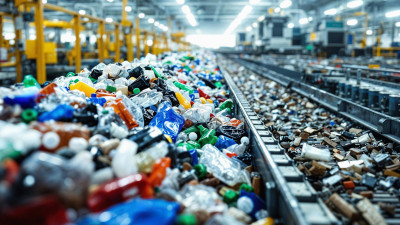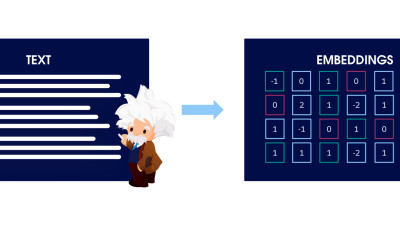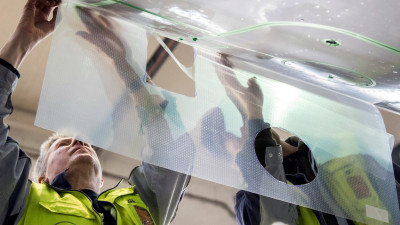Following numerous reports of slave labor in seafood supply chains, traceability seems to have (finally) become a priority for the industry.
Trending:
Chicken of the Sea, Google Set to Make Waves with Seafood Traceability Platforms
Following numerous reports of slave labor in seafood supply chains, traceability seems to have (finally) become a priority for the industry. More and more digital solutions have been emerging: last year, the Marine Stewardship Council (MSC) began crafting a traceability tool; this spring, a seafood industry-focused risk assessment tool won the Partnership of Freedom’s tech challenge to fight labor trafficking; and earlier this month, a tuna supply chain was successfully tracked and traced through blockchain technology.
Now, seafood brand Chicken of the Sea is rolling out a new ‘interactive program’ that will allow customers to learn how and where each of its shelf-stable products was caught and processed, and Google has unveiled a beta technology platform that provides the “world’s first global view” of fishing practices.
“Traceability is an essential step in the responsible sourcing and sustainability process and we are excited to make this development available to our customers,” said Jennifer Woofter, Chicken of the Sea’s director of sustainability.
Chicken of the Sea has previously come under fire due to controversy surrounding its parent company, Thai Union. An ongoing Greenpeace campaign has been targeting Thai Union since October 2015, prompting Waitrose to threaten to remove Thai Union’s John West brand from its stores if it does not follow-through on its commitments.
The new Chicken of the Sea Trace Your Product website is a great step forward. The digital traceability initiative currently covers all of the brand’s shelf-stable tuna products and will soon cover its entire shelf-stable product line.
“It is important for our customers to have an opportunity to know the story behind their fish – where it came from, how it was caught, where it was canned and how the process fits within our sustainability program,” said Woofter.
The initiative is part of the brand’s commitment toward “100% digital traceability” and the company’s global SeaChange® sustainability strategy.
Meanwhile, Google and partners Oceana and satellite analysts SkyTruth, released Global Fishing Watch, a web platform that can relay more than 22 million points of information on shipping vessel activities across the globe each day.
The interactive satellite-based surveillance system allows anyone to watch commercial fishing activity in the ocean, allowing anyone to catch potentially illicit fishing activity. It has been under development for some time, and the beta version was publicly unveiled at the State Department’s global oceans conference earlier this month.
“Global Fishing Watch was not possible five years ago,” Google’s senior programme manager Brian Sullivan said. “From a technology perspective, satellites were just beginning to collect vessel positions over the open ocean, and the ‘global coverage’ was spotty.
"There has been tremendous growth in machine learning with applications in new fields. Policy and regulatory frameworks have evolved, with the US, European Union (EU), and other nations and Regional Fishery Management Organisations now requiring that vessels broadcast their positions. Market forces and import laws are beginning to demand transparency and traceability, both as a positive differentiator and for risk management. All of these forces interact and shape each other.
“Today, Global Fishing Watch is an early preview of what is possible. We’re committed to continuing to build tools, partnerships, and access to information to help restore our abundant ocean for generations to come.”
Global Fishing Watch will eventually be enhanced through a collaborative project with the United Nations’ Food and Agriculture Organisation (FAO). Google hopes that the data collection will identify suspicious vessel activity and inform new sustainable policies. With the company claiming that fish populations have fallen by 90% for certain species, the Global Fishing Watch can collect data from 200,000 vessels at any given time to clamp down on illegal and unregulated fishing.








